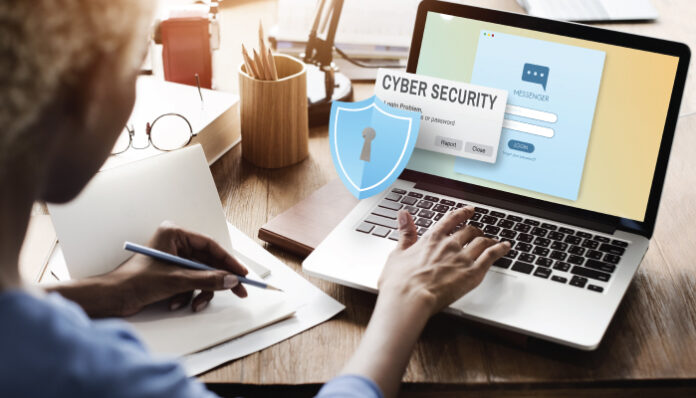Security leaders agree that organizations are struggling to handle and stay afloat during an unexpected issue- the COVID-19 pandemic
Malicious threat actors are having a free run as more enterprises opt for digital transformation. Sudden reconfiguration of the already vulnerable supply chain and new digital experience instances have made most enterprise networks open to attacks.
The remote work environment has opened yet another Pandora’s Box of threat attacks. The practice has given rise to new workforce problems and unheard-of attack vectors including insider threats.
Rethinking the security culture and embarking on collaborative measures as an enterprise to try and stay one step ahead of the cybersecurity issues, has its own set of challenges.
Reconfiguration of supply chains laid bare the interconnected attack area
Most enterprises have incredibly complicated and interdependent supply chain systems. Such systems provide a broad, victim-rich attack surface that vulnerable to outages. Supply chain attacks have occurred regularly in the past couple of years.
Typically supply chain threats to an enterprise involve cloud service providers (CSPs), technology service providers (TSPs), and managed service providers (MSPs). IT service providers and core TSPs are the first departments to be affected by ransomware in an enterprise. This disturbance, in turn, results in the disruption of service for clients.
Increased incidents of identity and credential thefts
Most targeted frauds and attacks start with identity compromise, abuse, and theft. As the pandemic spread across the world, most organizations had to swiftly modify their operations to stay relevant to the changed situation.
Cyber threat actors also rapidly changed their attack tactics to take advantage of the increased attack surface due to the remote workforce. The modified workforce provided them with extensive opportunities to defraud the government and private institutions.
There was a sudden increase in the malware built for stealing credentials, like Cerberus and EventBot19. The premier malware seller noted an exponential increase in the nefarious software sales resulting in higher profits in a single week than the cumulative sales for the previous four months.
Data manipulation and data theft as a result of new liabilities and hacker behaviors
Malicious actions have continued to focus on data, and their go-to tactic is disruption and destruction. The latest cyber-attack technique copies the victim data and promotes destroying it or changing the data to breed mistrust within the organization.
Current liabilities in the cloud platforms resulted in hackers manipulating the liability, stealing sensitive information, disrupting the production servers, changing data, and even encrypting all data belonging to the victim organization (a form of ransomware).
Upcoming tech like 5G and Deepfakes enable cyber-threats
With rapid advancements in tech, adversaries, and cyber defenders, both explore the different uses of cutting edge tools and services. Hackers recently utilized Deepfakes tech to improve the effectiveness of their activities.
As more enterprises adopt 5G technology, threat actors will uncover more advantages for them in the tech. 5G technology-related vulnerabilities include cross-sector threats, software liabilities, supply chain disruptions, targeted cybercrime, etc.
For more such updates follow us on Google News ITsecuritywire News. Please subscribe to our Newsletter for more updates.









